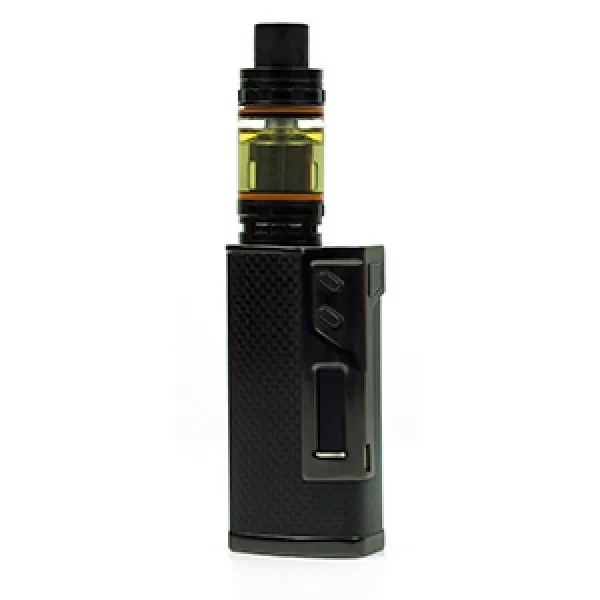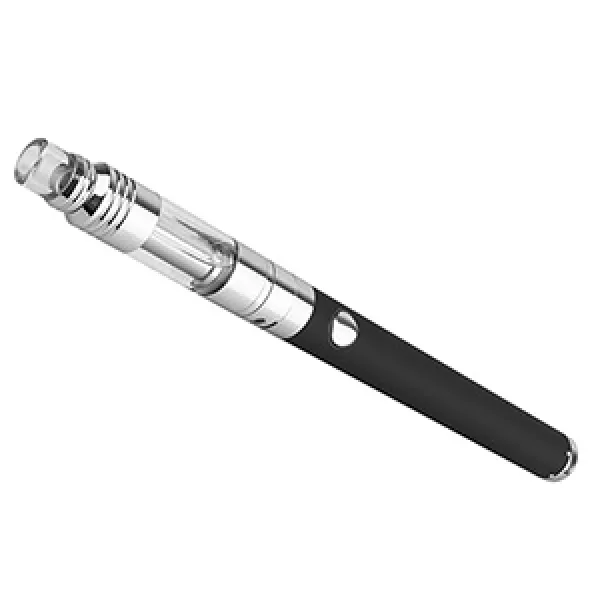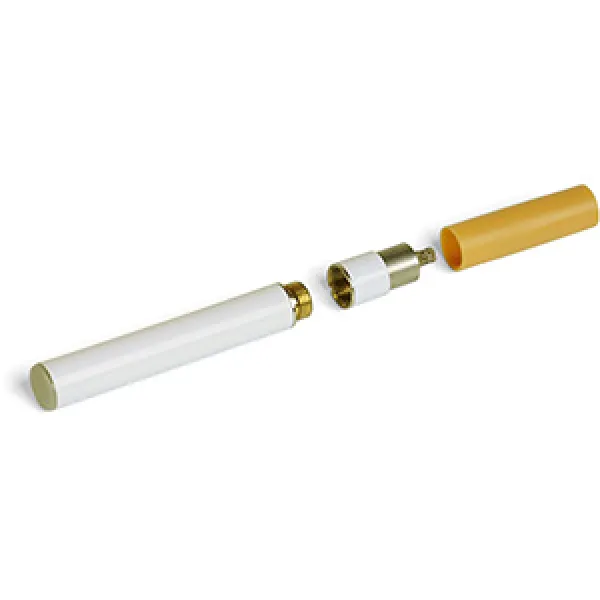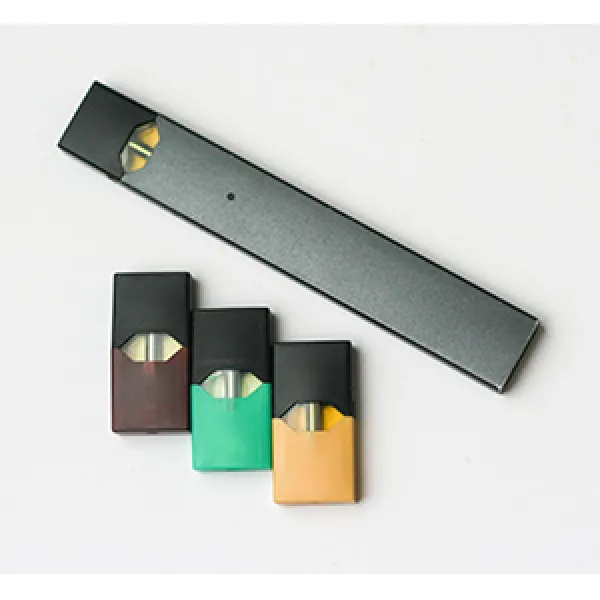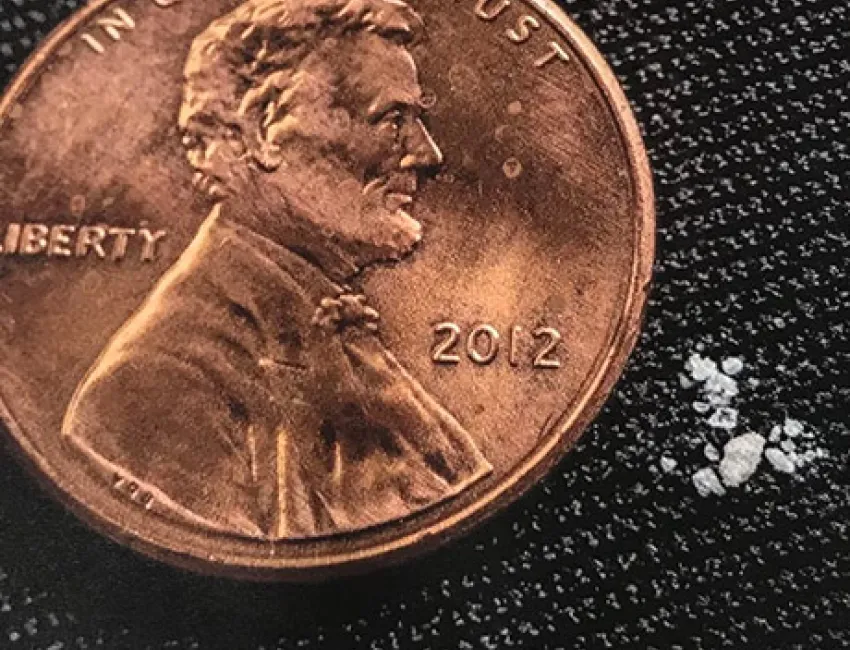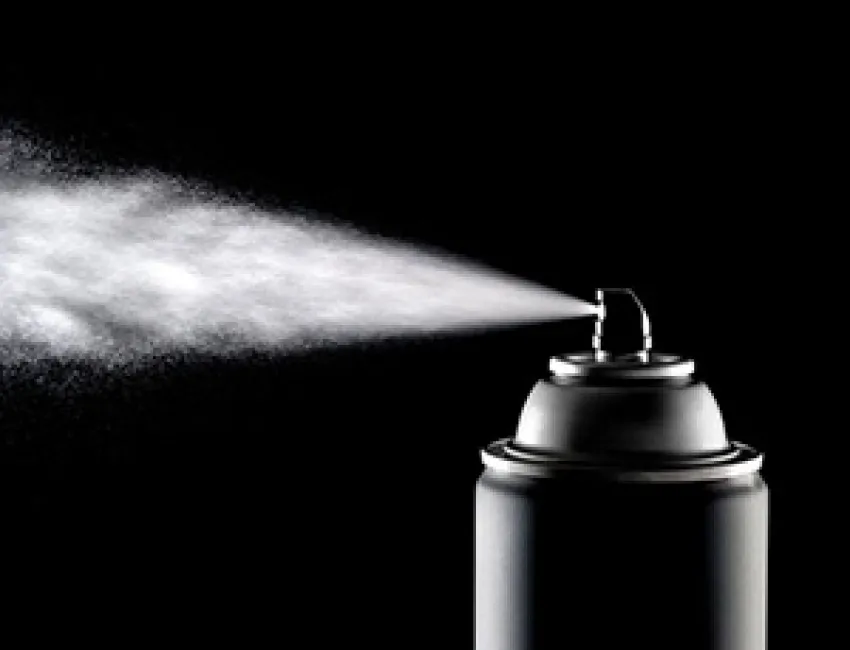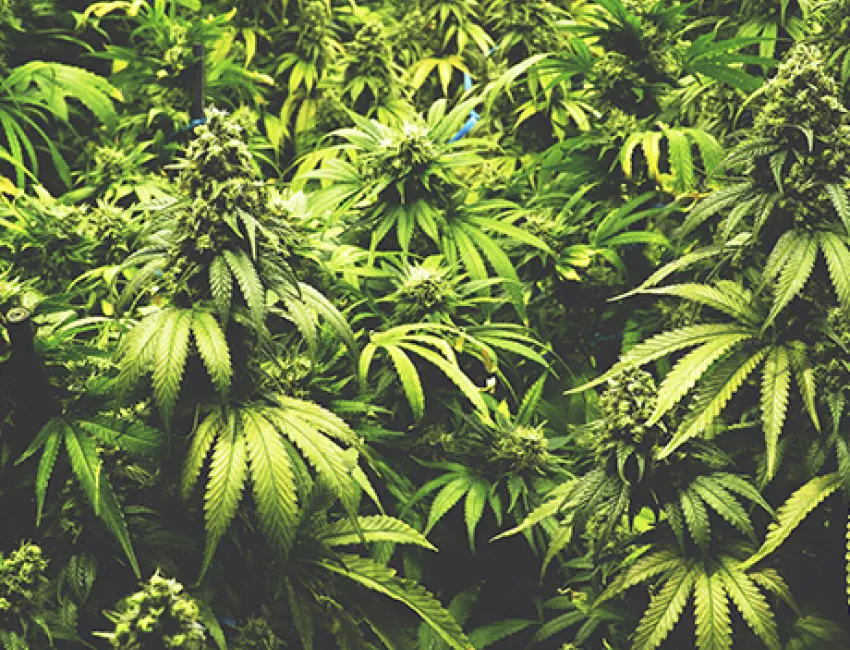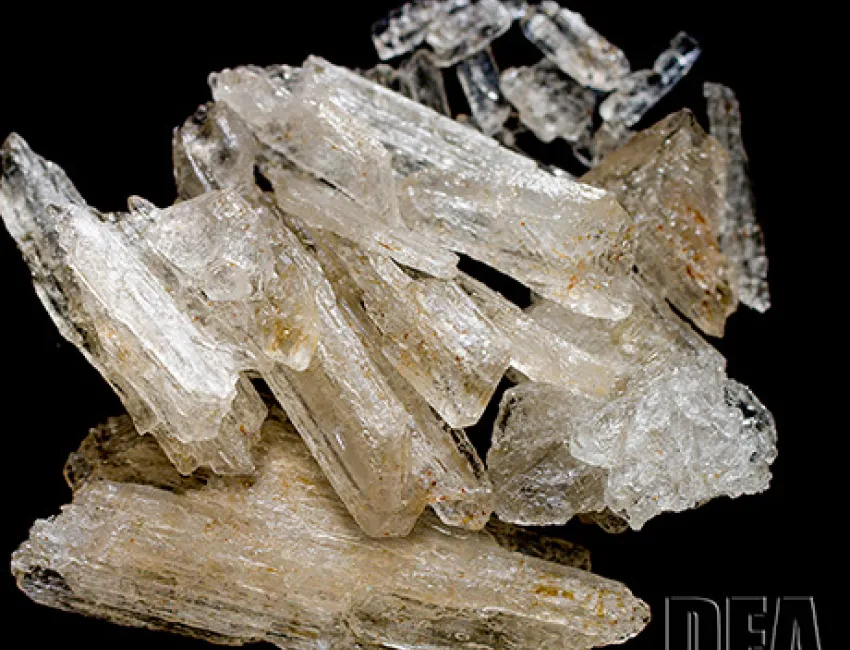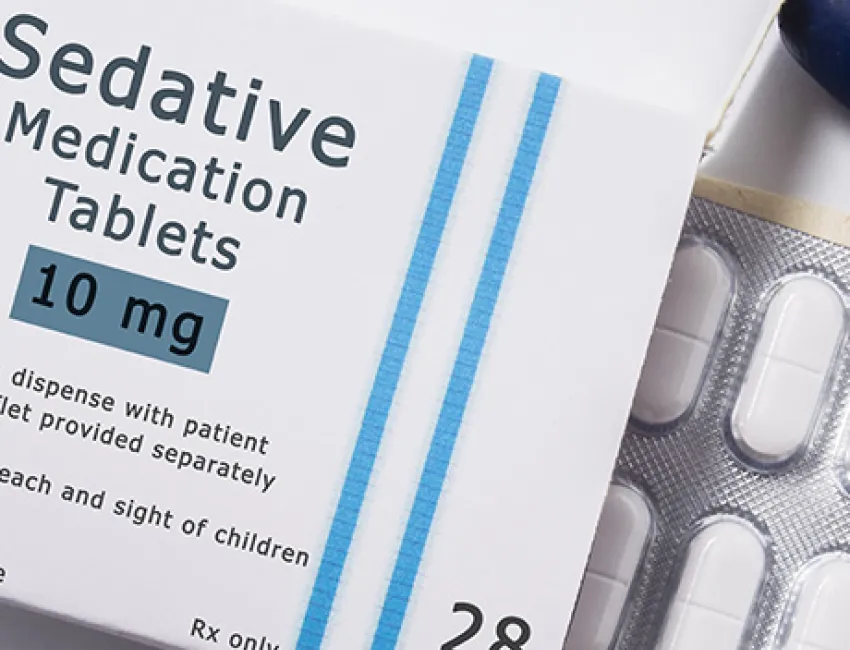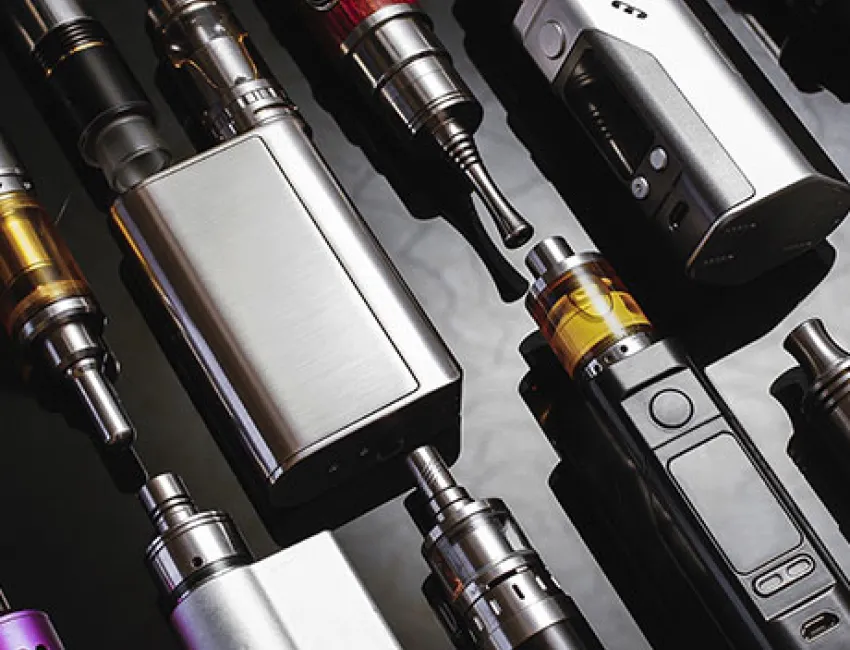
What exactly is vaping, and why has it become such a big topic? Understanding the facts helps you cut through all the noise and mixed messages.
Vaping is the act of inhaling and exhaling an aerosol made up of fine particles, also known as vapor. This vapor is produced by a battery operated device known as an e-cigarette.
All e-cigarettes have common components that include a battery, heating coil, atomizer that transforms the vape liquid into an aerosol, a cartridge that contains the vape liquid, and mouthpiece.7
- The user activates the e-cigarette by either pressing a button to start a heating element or drawing upon the e-cigarette and activating an airflow sensor.
- The airflow sensor then detects pressure changes and prompts the flow of power to a heating element and (optionally) an LED.
- The vape liquid contained in the device saturates a wick that the heating element then vaporizes.
- Vaporized droplets of liquid flow into the user’s mouth and are inhaled into the lungs. Often mistaken for water vapor, this is actually an aerosol made up of chemicals that could be harmful.8
Methods of consumption
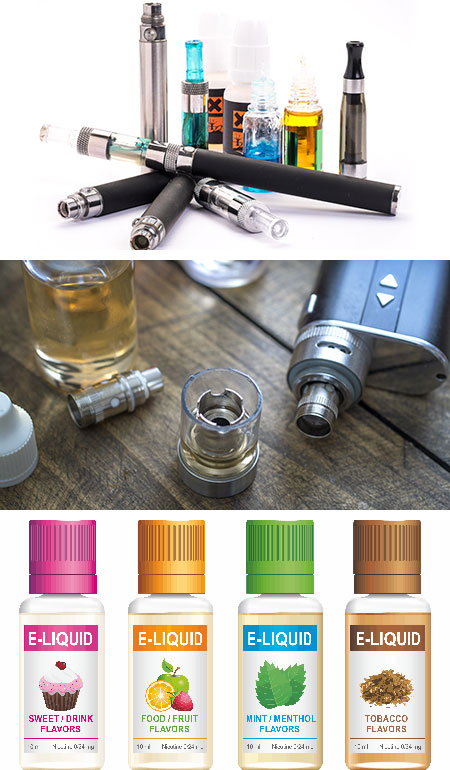
The vapor enters through the mouth and the nicotine travels to the lungs where it then enters into the bloodstream.
- There are two different types of liquids that get vaporized
- Freebase nicotine
- Nicotine ranges in concentration from 3 mg to 18 mg and is designed to be used in larger devices sometimes known as“hi-wattage devices” or “non sub-ohm” (stronger hit and is rough on the throat)
- Same type of nicotine as in most cigarettes11
- Nicotine salts
- Manufactured particularly for All In One “AIO” or “Pod Based” systems.
- Has a higher pH resulting in it being softer on the throat
- • Has a higher amount of nicotine (ranging in concentration from 20-60 mg, 1 pod comparable to at least 2 packs of cigarettes in the US)12
- Freebase nicotine
- Additionally, some vape pods might contain THC, an active ingredient of marijuana that can cause its hallucinogenic and addictive effects. The odor is not easily recognized as marijuana and produces a smaller amount of vapor making it difficult to identify.13
Common Names
While the activity is usually referred to as vaping, the device that is used to vape, an e-cigarette, has many names:
- Vape Pens
- Mods
- E-cigs
- Vapes
- E- Hookahs
- Pens
- Vape Sticks
- Pod mods
- JUULs
- Cig-A-Like
An American inventor, Herbert Gilbert, created the first "smokeless non-tobacco cigarette" in 1963. Originally marketed as a non-tobacco alternative to cigarettes, it was later successfully commercialized by Chinese pharmacist Hon Lik in the 2000s.4 It gained popularity because it was thought to be less harmful than cigarettes. Vaping may indeed be a safer alternative (as harm reduction) for people trying to quit smoking cigarettes, but , a growing body of evidence indicates, that it still isn't without risk. While most of the flavorings used in vaping liquids are considered safe by the Food and Drug Administration, that refers to oral consumption. Most of them have not been studied to determine their health impact when inhaled using an e-cigarette.5 Health advocates now recommend caution in using these devices, particularly amongst young people, due to several risks including addiction.6
Though vaping was originally intended as a tool to help adults quit smoking, only 1-2% of Colorado adults have quit smoking by vaping.2
Immediately after exposure to nicotine, there is a "kick" or a “buzz” type feeling caused in part by the drug’s stimulation of the adrenal glands and resulting discharge of epinephrine (adrenaline). The rush of adrenaline stimulates the body and causes an increase in blood pressure, respiration, and heart rate.9 Nicotine only stays in the body for a few hours, which is why people who vape might experience frequent withdrawal symptoms.10
Much of today’s e-cigarette marketing promotes flavors and uses approaches and themes like those that were used to promote conventional tobacco products, an approach that was proven to lead to youth tobacco use.
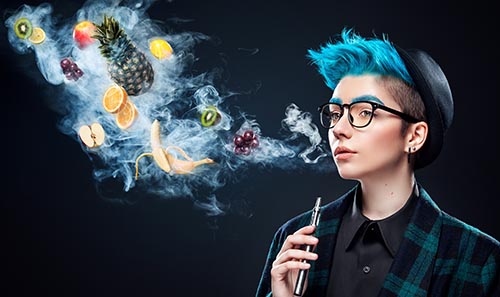
Colorado leads the nation in youth use of vapor products, known as vape or e-cigarettes. In fact, at 27% Colorado is twice the national average when it comes to vaping in the past 30 days22, and around 44% of Colorado high schoolers have tried vaping at least once.23
Some of the very significant dangers that could occur as a result of vaping are due to the vape liquid itself. It is a common misconception that vaping is simply an electronic version of a cigarette, but the liquid in vaping cartridges changes this very definition.
The vape liquid can contain a substance called propylene glycol, an ingredient of antifreeze, which can harm the lungs. Ultrafine particles can also enter the body, including ultrafine metals such as nickel, tin, and lead. These chemicals can cause long-term illnesses. For example, in a popcorn flavored vape cartridge, a substance known as diacetyl might be in the flavoring. This can lead to a condition known as “Popcorn Lung,” which causes symptoms similar to lung disease.14
What is most scary, however, is the fact that many researchers don’t know the full list of chemicals in many vape liquids due to the novel use of these products.
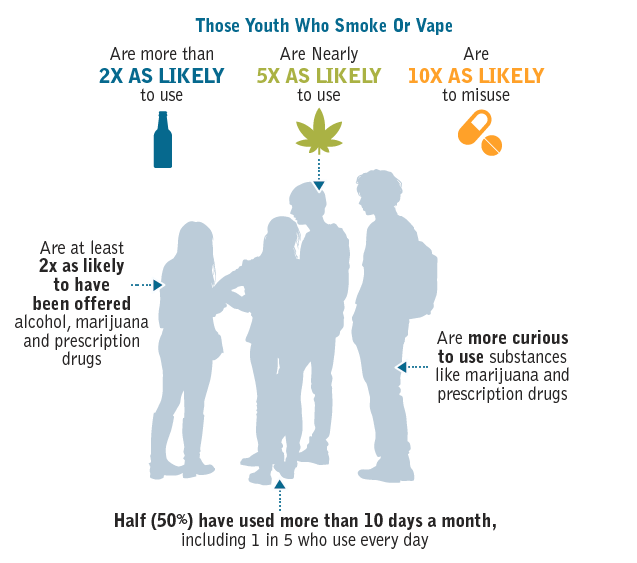
There are many unknowns when it comes to the impact vaping has on the brain. Many of the chemicals simply haven’t been studied enough to know their long-term effects. We do, however, know a lot about nicotine, which is in 100% of JUUL products15 (the company most popular among youth) and in a majority of other vaping products.16
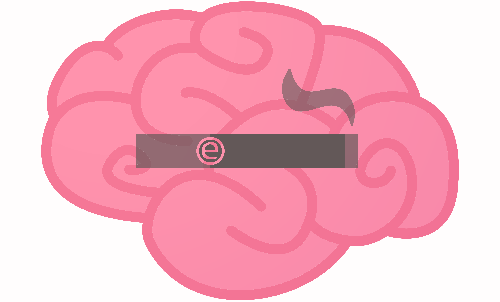
Nicotine is the chemical in e-cigarettes responsible for addiction, something especially dangerous for teens whose brains are still developing.17 In fact, teen nicotine use increases the likelihood of becoming addicted to other drugs.18 Nicotine activates the reward circuits of the brain and causes a surge of the neurotransmitter, Dopamine. This causes users to associate nicotine with pleasure, making it extremely difficult to stop using it over time. Nicotine also disrupts the relationship between the neurotransmitter, Acetylcholine (which sends messages related to respiration, heart rate, memory, alertness, and muscle movement) and the receptor it binds to. This disruption causes the brain to create less Acetylcholine and its receptors begin to disappear causing the body to rely upon the presence of nicotine to function normally. This is what drives nicotine addiction.
Don’t be afraid to reach out! Here is a list of resources to help you, or someone you know, quit or get the resources needed to make an informed decision:
- Smokefree Teen can give you free support to quit any tobacco product.
- The Colorado QuitLine can help youth as young as 12 quit vaping, smoking or chewing with free one-on-one coaching. Services are confidential and do not require parental consent.

Vape pens are considered tobacco products under some Colorado laws. They are not allowed on school property and are not allowed to be used by students. Colorado Revised Statutes 25-14-301 prohibit the “possession of cigarettes or tobacco products by a minor” [at 18 years old, a person in Colorado can buy cigarettes], including vape products.
Additionally, being caught vaping and selling can often lead to suspensions or expulsions by schools administrators.
Many states and localities have raised the minimum legal sale age for tobacco products to 21:
- Six states - California, New Jersey, Massachusetts, Oregon, Hawaii, and Maine along with at least 380 cities and towns.20
- Four Colorado towns have raised the minimum legal age for the sale of tobacco products to 21: they are Aspen, Basalt, Avon and Carbondale.21
1 Included in the 27% are youth 18 and over who are in High School. While they are legally allowed to purchase vaping devices, the information about the impact vaping has on the body and developing brain is still relevant as the brain doesn't fully develop until at least the age of 25. https://drive.google.com/file/d/1XmLQUMLBpmjR3fWerN1BuT6o93hvnCl0/view
2 Colorado BRFSS, 2017
3 https://www.centeronaddiction.org/e-cigarettes/recreational-vaping/what-vaping
4 http://www.casaa.org/historical-timeline-of-electronic-cigarettes/
5 https://www.nap.edu/resource/24952/012318ecigaretteHighlights.pdf
6 https://www.centeronaddiction.org/e-cigarettes/recreational-vaping/what-vaping
7 https://www.nap.edu/read/24952/chapter/6#58
8 https://www.centeronaddiction.org/e-cigarettes/recreational-vaping/what-vaping
9 https://www.drugabuse.gov/publications/research-reports/tobacco-nicotine-e-cigarettes/how-does-tobacco-deliver-its-effects
10 https://science.howstuffworks.com/nicotine1.htm
11 https://www.sciencedirect.com/science/article/pii/S0273230010000875
12 According to JUUL's website
13 https://www.centeronaddiction.org/e-cigarettes/recreational-vaping/beyond-nicotine-vaping-marijuana
14 https://e-cigarettes.surgeongeneral.gov/documents/2016_SGR_Fact_Sheet_508.pdf
15 According to JUUL's website
16 https://docs.google.com/document/d/1rQ0TZFYOh77Vm0B2nQgJG2eLZ_I370aqAuaix_fiVlg/edit
17 https://iriseaboveco.org/rise-above/teenage-brain-development/
18 https://teen.smokefree.gov/the-risks-of-tobacco/nicotine-addiction
20 https://www.tobaccofreekids.org/assets/content/what_we_do/state_local_issues/sales_21/states_localities_MLSA_21.pdf
21 https://tobacco21.org/state/colorado/
22 Centers for Disease Control and Prevention. 2017 Youth Risk Behavior Survey Data. https://www.cdc.gov/healthyyouth/data/yrbs/index.htm
23 https://drive.google.com/file/d/1XmLQUMLBpmjR3fWerN1BuT6o93hvnCl0/view
